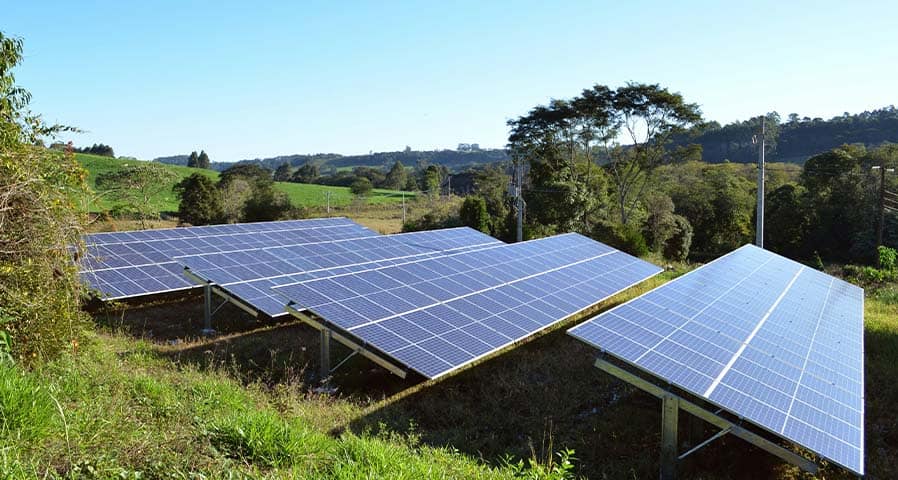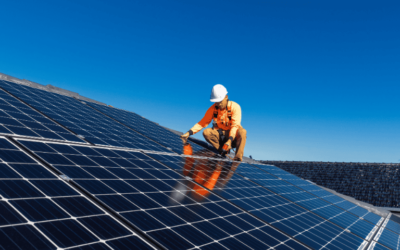In recent years, the integration of solar-plus-storage technology has emerged as a promising solution for powering various applications, including LED lighting in commercial buildings. Researchers from India’s Techno India Salt Lake (TISL) research institute have delved into this area, aiming to develop efficient systems that utilize solar power to illuminate LED lighting systems, thereby reducing electricity costs and promoting sustainability.
The scope of their work is ambitious yet pragmatic: to design an effective solar photovoltaic system capable of meeting the complete energy demand of a proposed business complex without relying on conventional energy sources. In their study titled “Design of LED lighting system using solar powered PV cells for a proposed business complex,” published in Scientific Reports, the researchers outlined a comprehensive approach for implementing commercial PV projects for LED lighting.
The process involves nine crucial steps, beginning with the identification of a suitable location and determination of a grid connection point. It also includes pre-construction documentation, infrastructure development such as roads and fences, equipment procurement, installation of mounting structures and transformer substations, grid connections, and the setup of monitoring systems.
The researchers’ assumptions included the use of 6,097 solar modules, each with a power output of 150 W, totaling a capacity of 914.4 kW. They also considered the tilt angle of the PV array to be 49.3 degrees, with 41 strings and 24 modules in series. Additionally, they incorporated an adjustable lithium-ion battery comprising 512 cells to ensure a reliable backup power supply.
For the commercial building complex, the scientists estimated an annual electricity demand of 190,830.7 kWh. They specified that the battery would operate at a standard room temperature of 24°C in a fixed air-conditioned room, ensuring optimal performance and longevity.
The study’s findings were promising, indicating that the standalone energy system would provide complete energy independence for the building. The solar array’s transposition factor, a measure of its efficiency, could reach an impressive value of 0.98 in the proposed system configuration. Moreover, the system’s solar fraction and performance ratio achieved values of 0.740 and 0.569, respectively, highlighting its effectiveness in utilizing solar energy.
Cost estimation revealed that the acquisition and installation costs of PV systems are economically feasible for typical business complexes, making it a viable option for achieving energy independence. The researchers emphasized the potential of such systems to be deployed in individual buildings, paving the way for a future where sustainable energy solutions are commonplace.
The integration of solar-plus-storage technology for LED lighting presents a compelling opportunity to reduce carbon footprint, lower electricity costs, and achieve energy independence in commercial buildings. With continued advancements and widespread adoption, this innovative approach holds the key to a more sustainable and resilient future.
Click here to read the full article, originally published August 5, 2022, by PV Magazine.






































0 Comments